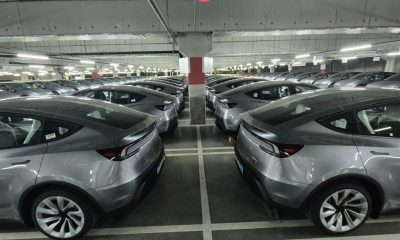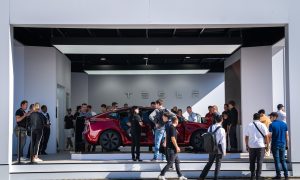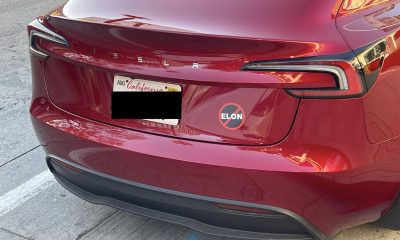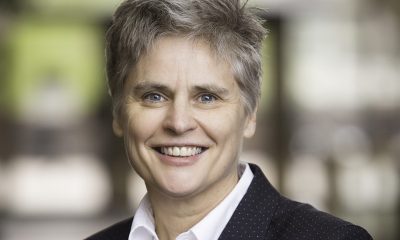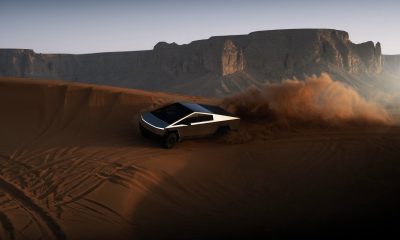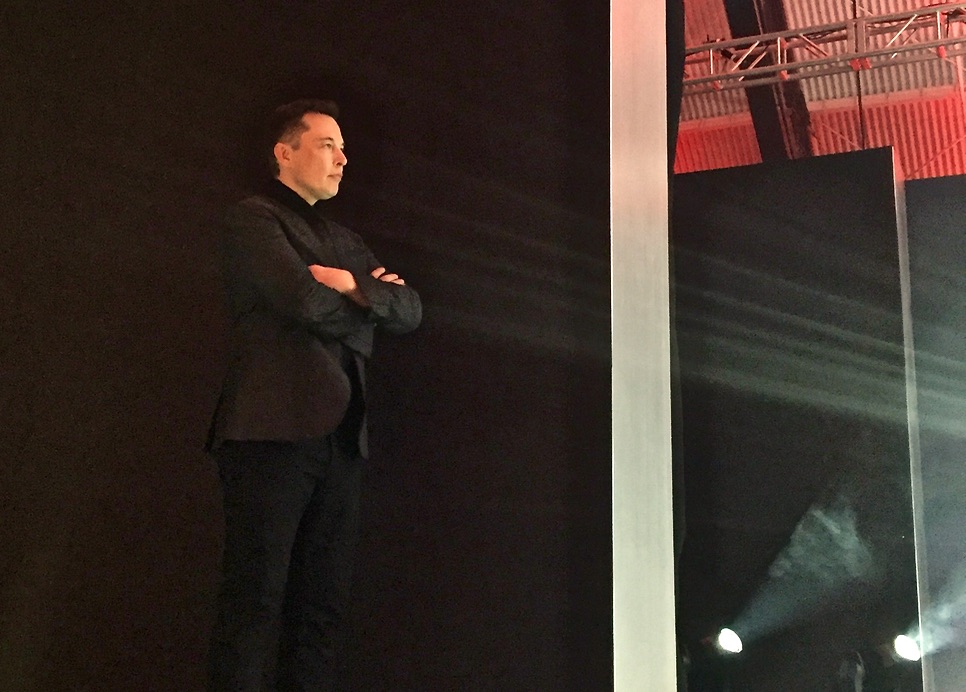

Lifestyle
Elon Musk reveals details on Neuralink brain-computer with human housecat prevention plan
“I don’t love the idea of being [an artificial intelligence] house cat, but what’s the solution? I think one of the solutions that seems maybe the best is to add an AI layer.” – Elon Musk, Code Conference 2016
An AI layer to your brain, he means. Not happy with simply improving technology that’s only been around for the last century, innovative entrepreneur Elon Musk has his sights set on the way humans communicate, something that hasn’t been vastly improved on in over 50,000 years of evolution.
Musk has referred to something called “neural lace” several times recently, most notably at Vox Media’s Recode Code Conference in June 2016; however, not many details were known about how Musk envisioned this technology being implemented. You know, the Musk way of doing it. He suggested at the conference that he might be willing to tackle the challenge himself, and a few months later, teased a few times that he was in fact working on the idea.
Making progress. Maybe something to announce in a few months. Have played all prior Deus Ex. Not this one yet.
— Elon Musk (@elonmusk) August 28, 2016
Maybe next month
— Elon Musk (@elonmusk) January 25, 2017
The announcement came in the form of a startup called Neuralink Corp, the initial details for which were originally reported by the Wall Street Journal. He seemed to have collected some impressive scientific minds and combined them with personal funding to initiate the company’s work. Other than speculation about what types of products could be created by the company and Musk’s initial idea of a direct interface with the brain’s cortex, not much information was available. More recently, a few more pixels were filled in on Musk’s vision.
Tim Urban of WaitButWhy.com, one of Musk’s preferred correspondent contacts (i.e., Internet writers), has been selected again as the person given the most in-depth information and access to Musk in order to publish a very detailed piece on what Musk has been up to.
Urban previously discussed and published details about Musk’s work on SpaceX’s vision for Mars and Tesla (with lots of direct access to Musk himself), and now has published a very long, yet very informative, piece on Musk’s NeuraLink company. He calls the company’s overall goal a “Wizard Hat”, and after seeing how much access Urban had to Musk and his new Neuralink team to gather information, that label is probably pretty accurate.
In Urban’s piece, he focuses on understanding what the business side of Neuralink will involve, as it’s the business models of Tesla and SpaceX which enable and drive their innovations. “We are aiming to bring something to market that helps with certain severe brain injuries (stroke, cancer lesion, congenital) in about four years,” Musk is quoted as saying.
The incredibly complicated nature of the human brain, a multi-million year biology project in the making, unsurprisingly presents numerous challenges for scientists wanting to direct the flow of information into and out of it. Understanding all of the details of “how” the brain functions isn’t the challenge, though. It seems to come back down to engineering. As summarized by Urban, after some 1,000 interviews with multi-disciplinary (and amazing) science people, Musk put his team together and Neuralink Corp. was born to start working on it.
The first major challenge described in Urban’s piece is the concept of bandwidth, or rather, how many brain neurons (cells in the brain which essentially provide the 1’s and 0’s of brain signals) can be read by electrodes at a time. He quotes the Neuralink people as needing around a million neurons to be read in order to really achieve something revolutionary.
If you’re familiar with computer chips at all, the comparison to Moore’s Law is a decent metaphor here. According to this law, the number of transistors on a computer chip doubles every 18 months, and this has led to computers becoming both smaller and faster. If you liken “transistors” to “electrodes”, you can see the engineering challenge for neural lace companies.
Then there’s also the question of whether people are going to be willing to let their brains be voluntarily experimented with. Musk’s cult following might give him a trust advantage for seeking out willing participants, but skull surgery may turn out to be too much even for them. According to Tim Urban, the Neuralink team is acutely aware of this concern, and has thus made “non-invasive” implantation a huge focus for brain-interface technology to really take off. Also of issue is accessibility to the technology to make the implantation possible. In Urban’s discussions with him, Elon Musk likened the technology needed to what Lasik surgery machines do.
In summary, in order for Neuralink Corp. to achieve the innovative leap which will change the world forever with direct brain-interface technology (the “Wizard Hat”), they’ve got to make electrode manufacturing about as advanced as computer chip manufacturing, and they’ve got to be able to install whatever electrode device is developed into brains in a very non-invasive, automated way. Also, they will need to figure out brain-friendly WiFi, some serious miniaturization solutions, and develop a “neuron signal” to “human language” dictionary.
Easy peasy, lemon squeazy. [Yeah, that was sarcasm.]
Quite honestly, it’s not the medical procedure that concerns me, but rather the potential of not being able to block spam that has direct access to my brain. Between Minority Report and my daily email battles, yikes! Sure, there are already brain-implanted devices that solve problems; however, I think there’s a difference between correcting functions the brain is supposed to have and giving something unfiltered access to adding something that wasn’t already there. I can put my phone away if I don’t want to deal with a Twitter freak out deluge. I can’t exactly do that with my brain. You know, just saying. The WaitButWhy piece gave me even more reasons to worry, so I feel justified.
Tim Urban’s piece also detailed some pretty amazing things that could come out of the neural lace field that sound like science-based versions of telepathy and magic. The ultimate goal, though, was to enable human brains to be as functional as artificial intelligence in order to avoid all the pitfalls of superintelligent AI. Actually, to be a bit more clear on Elon Musk’s vision for all this brain-interface technology, he wants the interface to connect to a super-human-collective AI cloud which feels just as much a part of you as any other part of your brain does.
For instance, when you have a thought, you don’t consider which part of your brain’s anatomy created it. It just happens and you consider it a part of your being. Imagine a super computer as part of that “you” system, and congrats! You’re [kind of] getting where Musk is headed with Neuralink. Or at least that’s the long term goal of what he’s starting with the company. You know, kind of like the moving the baton forward thing he aimed for with SpaceX and getting to Mars.
I’m going to quote Urban on this, actually:
He started Neuralink to accelerate our pace into the Wizard Era—into a world where he says that “everyone who wants to have this AI extension of themselves could have one, so there would be billions of individual human-AI symbiotes who, collectively, make decisions about the future.” A world where AI really could be of the people, by the people, for the people.
Where Neuralink will come down amongst current competitors already in the field (Facebook, Braintree, etc.) is obviously yet to be seen, but it’s yet another reminder that when Elon Musk says there’s a challenge needing to be solved, there’s a good chance he’s not going to wait for someone else to do it.
Lifestyle
Possible first glimpse of Tesla “Model 2” affordable car in Fremont Factory
The models that Tesla will release in the coming months will resemble the company’s current lineup.
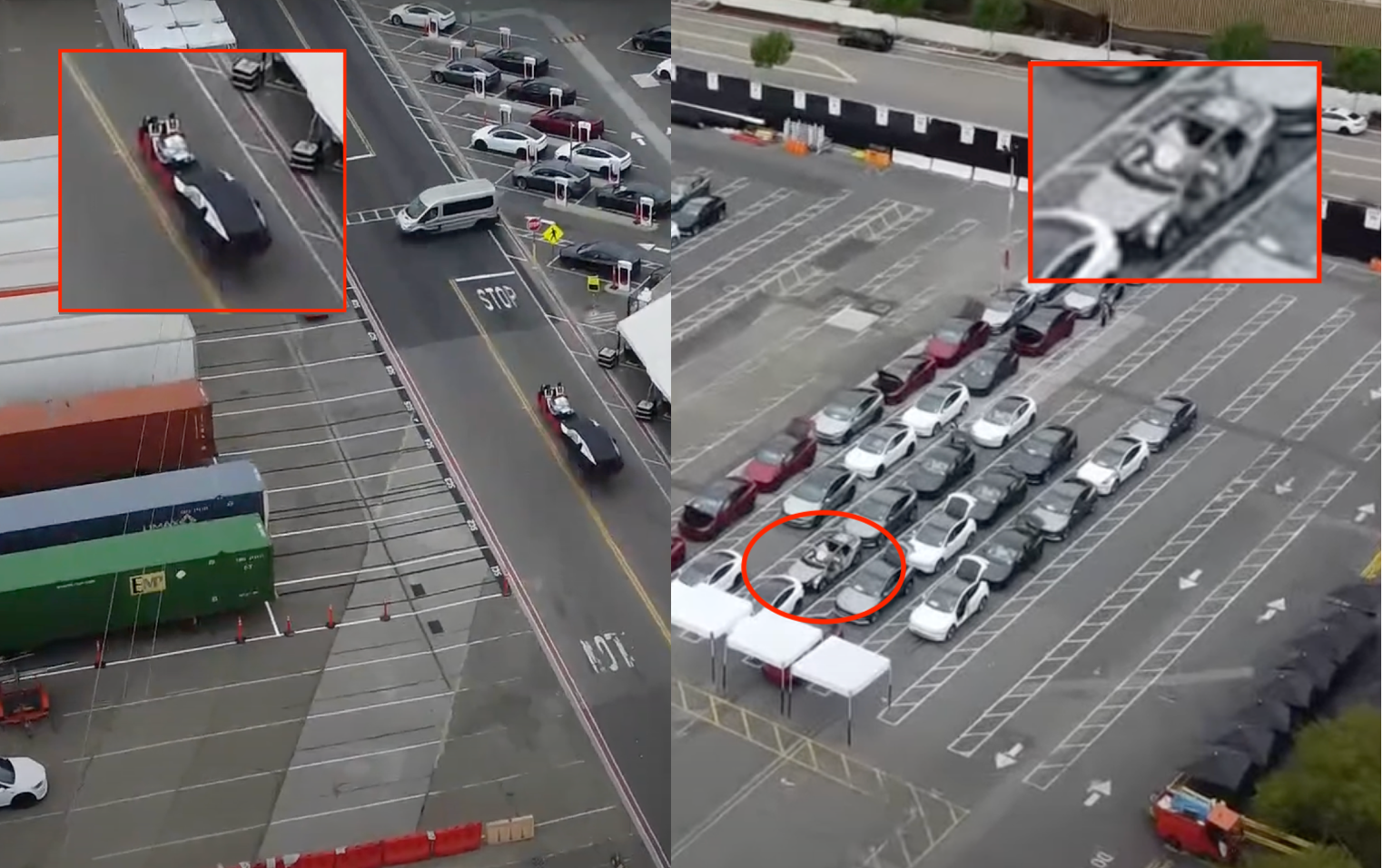
During the Q1 earnings call, Tesla VP of Vehicle Engineering Lars Moravy set expectations on the design of the affordable models that the company is expected to launch this 2025. As per the Tesla executive, the models that Tesla will release in the coming months will resemble the company’s current lineup.
Drone footage from the Fremont Factory earlier this month might have provided the EV community its first potential glimpse at Tesla’s affordable cars–fondly dubbed by EV fans and analysts as the “Model 2” or even “Model Q”–or at least their components and overall shape.
The Sighting
Tesla watcher and drone operator Met God in Wilderness, who has been posting aerial videos of the Fremont Factory for years now, recently shared some footage from his drone flyovers this month. While the Fremont Factory was abuzz with activity as usual, a couple of rather strange vehicles were quickly spotted by EV watchers on social media.
During the drone operator’s flyover on the 17th, for example, an unfinished vehicle could be seen parked next to what appeared to be fully-built Model S and Model Y units. What was especially interesting was the vehicle’s roof, which seemed to be slightly narrower than the Model Ys around it. Based on the video, at least, the vehicle seemed to be shaped like a crossover as well.
Footage from the 24th of April also proved quite interesting, with the drone operator capturing footage of another cryptic vehicle. Unlike the mysterious, unfinished, crossover-esque car spotted on the 17th, this particular unit seemed to have a more sloping rear, at least based on the shape of its covering.
What Lars Moravy Said
In Tesla’s Q1 2025 Update Letter, Tesla noted that “plans for new vehicles, including more affordable models, remain on track for start of production in the first half of 2025.” Tesla also noted that the new vehicles will utilize aspects of its next generation and its current platforms. They will also be produced on the same manufacturing lines as its present vehicle lineup, likely the Model Y and Model 3.
During the earnings call itself, Moravy specifically stated that the new models that would come out in the next months would resemble the company’s current vehicles. They will, however, be affordable. “Models that come out in next months will be built on our lines and will resemble, in form and shape, the cars we currently make. And the key is that they’ll be affordable, and you’ll be able to buy one,” Moravy stated.
Watch the drone operator’s footage from April 17 below.
The drone operator’s footage from April 24 can be viewed below.
Lifestyle
Elon Musk seemingly confirms Cybertruck gift to 13-year-old cancer fighter
Diagnosed in 2018 with a rare form of brain and spine cancer with no cure, the teen has undergone 13 surgeries by the time he was 12.
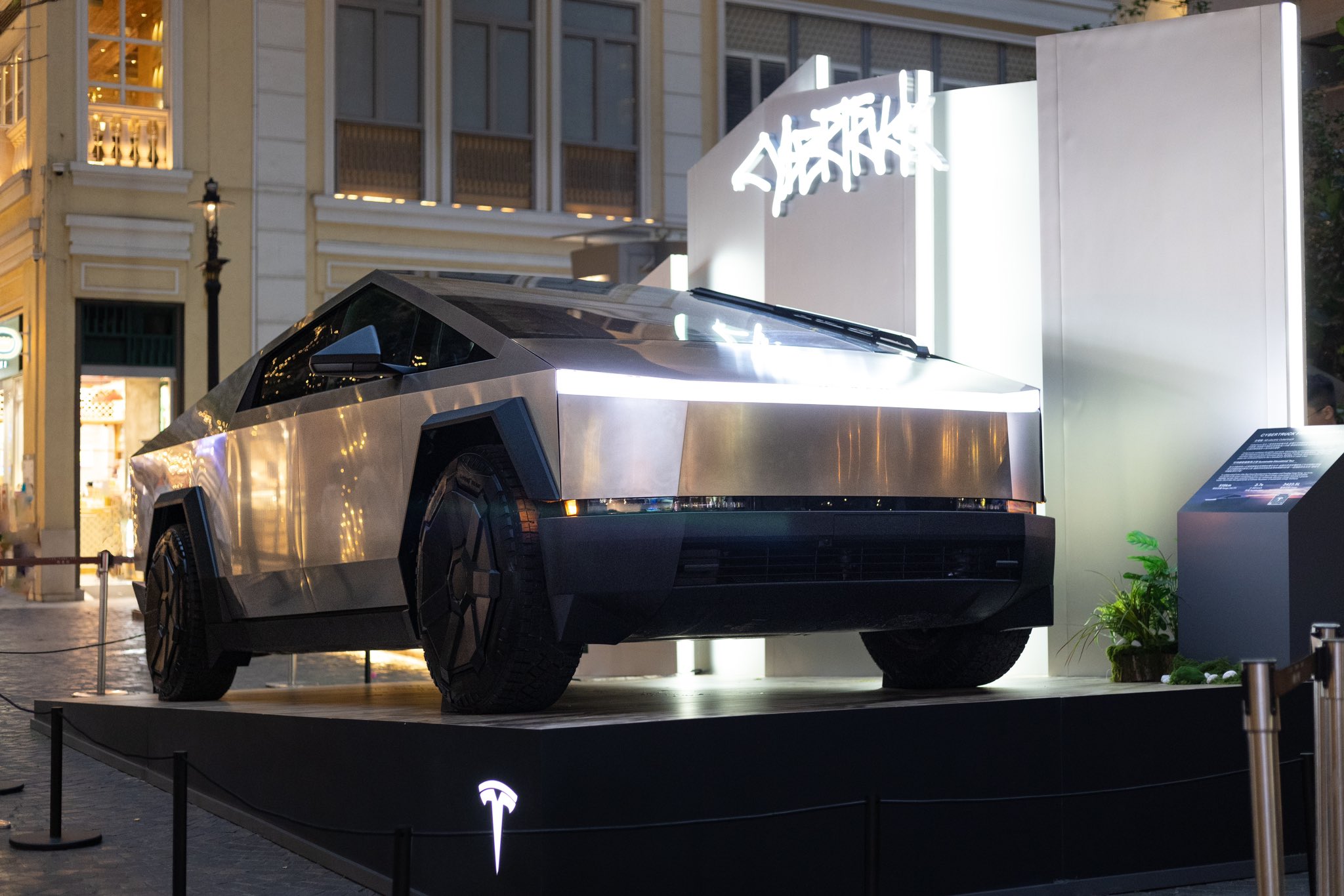
Elon Musk has seemingly confirmed that he will be sending a Tesla Cybertruck to 13-year-old Devarjaye “DJ” Daniel, a 13-year-old Houston boy fighting brain cancer. The teen was recognized as an honorary Secret Service member by U.S. President Donald Trump during his address to Congress on Tuesday.
A Chance Meeting
The Tesla CEO’s Cybertruck pledge was mentioned during DJ’s short interview with CNN’s Kaitlan Collins. When Collins asked the 13-year-old what he told the Tesla CEO, DJ answered that he asked for a Cybertruck.
“I said, ‘can you do me a big favor, when you get back to Houston can you send us a Cybertruck down there?’” the cancer fighter stated.
Daniel noted that Musk responded positively to his request, which was highlighted by Collins in a post on X. Musk responded to the post with a heart emoji, suggesting that he really will be sending a Cybertruck to the 13-year-old cancer fighter.
Teen’s Cancer Battle Inspires
Diagnosed in 2018 with a rare form of brain and spine cancer with no cure, Daniel has undergone 13 surgeries by the time he was 12. During his speech, Trump highlighted the 13-year-old’s long battle with his disease.
“Joining us in the gallery tonight is a young man who truly loves our police. The doctors gave him five months at most to live. That was more than six years ago. Since that time, DJ and his dad have been on a quest to make his dream come true,” Trump stated.
Daniels officially received an honorary badge from U.S. Secret Service Director Sean Curran, to much applause during the event.
Surprisingly Partisan
While Daniels’ story has been inspiring, Trump’s focus on the 13-year-old cancer fighter has received its own fair share of criticism. MSNBC host Nicolle Wallace, while referencing Daniels’ love for law enforcement, noted that she is hoping the 13-year-old never has to defend the U.S. capitol against Trump supporters. “If he does, I hope he isn’t one of the six who loses his life to suicide,” Wallace stated.
Anti-Musk and Trump accounts on X have also thrown jokes at the cancer fighter’s honorary badge, with some dubbing the 13-year-old as a “DEI hire” that should be looked into by DOGE.
Lifestyle
Tesla owner highlights underrated benefit of FSD Supervised
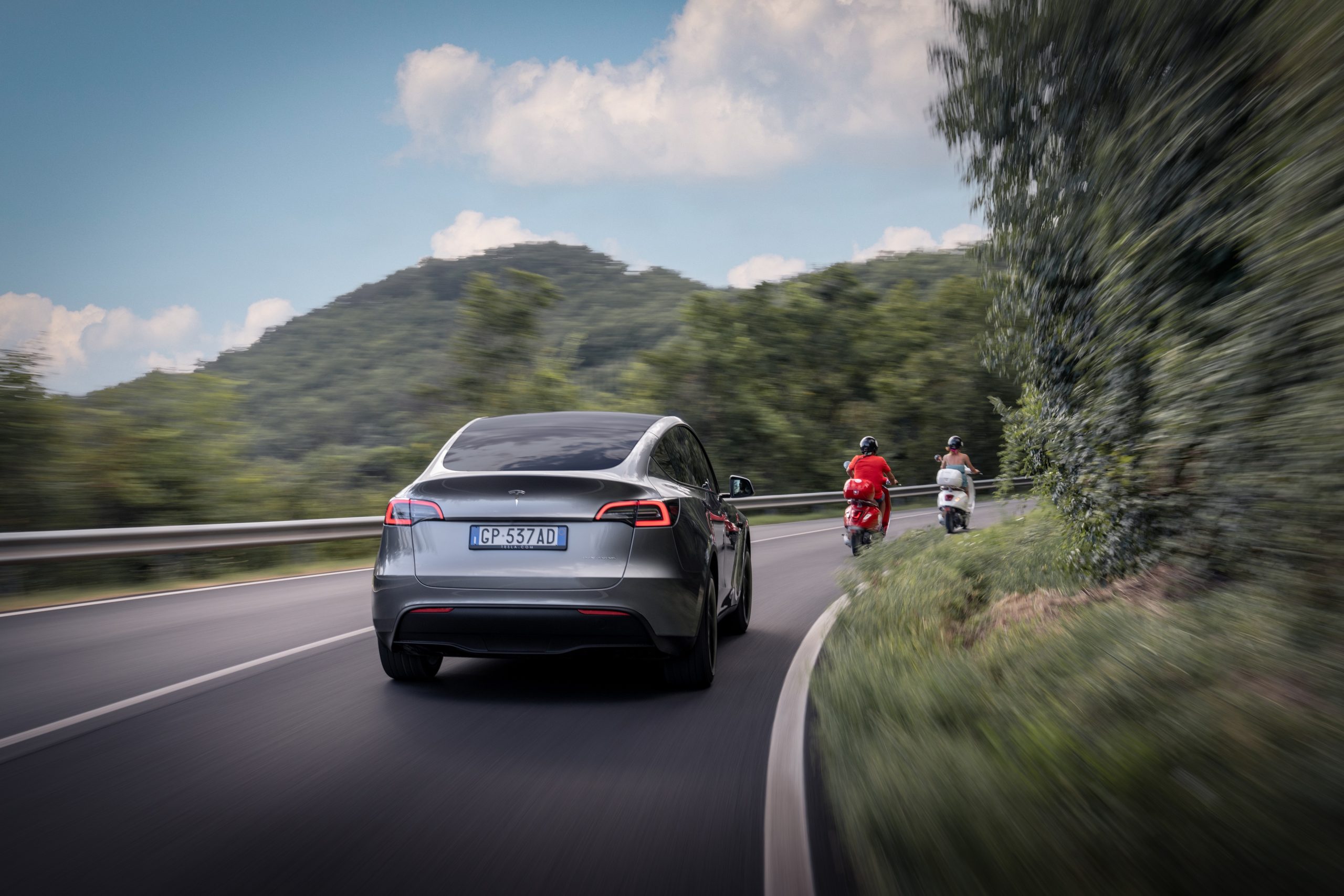
Elon Musk has been pretty open about the idea of FSD being the difference maker for Tesla’s future.
If Tesla succeeds in achieving FSD, it could become the world’s most valuable company. If it doesn’t, then the company would not be able to reach its optimum potential.
FSD Supervised’s safety benefits:
- But even if FSD is still not perfect today, FSD Supervised is already making a difference on the roads today.
- This was highlighted in Tesla’s Q4 2024 Vehicle Safety Report.
- As per Tesla, it recorded one crash for every 5.94 million miles driven in which drivers were using Autopilot technology.
- For comparison, the most recent data available from the NHTSA and FHWA (from 2023) showed that there was one automobile crash every 702,000 miles in the United States.
This morning, Tesla FSD proved to be an absolute godsend. I had to take my brother-in-law to the hospital in Sugar Land, TX, which is 40 miles away, at the ungodly hour of 4 AM. Both of us were exhausted, and he was understandably anxious about the surgery.
— JC Christopher (@JohnChr08117285) January 29, 2025
The convenience of…
FSD user’s tale:
- As per an FSD user’s post on social media platform X, FSD Supervised was able to help him drive a relative to a medical facility safely even if he was exhausted.
- During the trip, the driver only had to monitor FSD Supervised’s performance to make sure the Tesla operated safely.
- In a vehicle without FSD, such a trip with an exhausted driver would have been quite dangerous.
- “This morning, Tesla FSD proved to be an absolute godsend. I had to take my brother-in-law to the hospital in Sugar Land, TX, which is 40 miles away, at the ungodly hour of 4 AM. Both of us were exhausted, and he was understandably anxious about the surgery.
- “The convenience of sending the hospital’s address directly from my iPhone to my Tesla while still inside my house, then just a single button press once inside, and 40 miles later we were precisely in front of the hospital’s admissions area.This experience really underscores just how transformative this technology can be for society,” Tesla owner JC Christopher noted in his post.
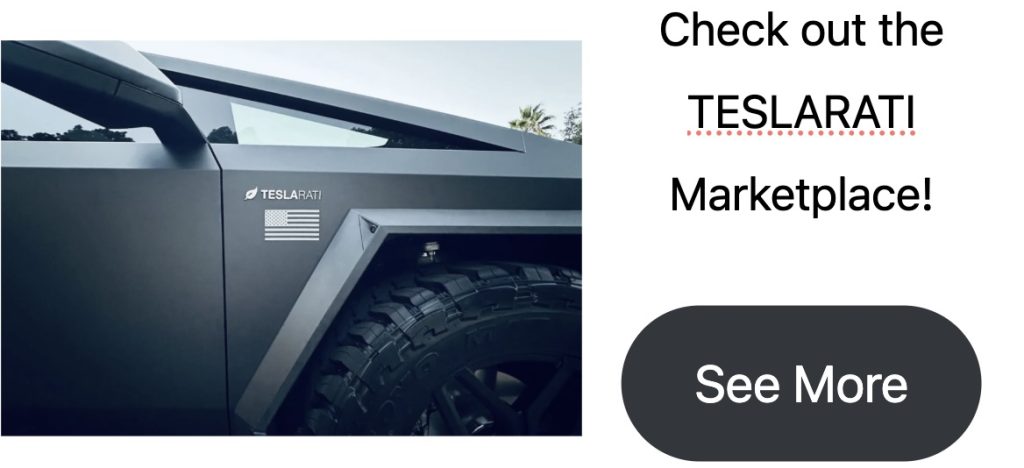
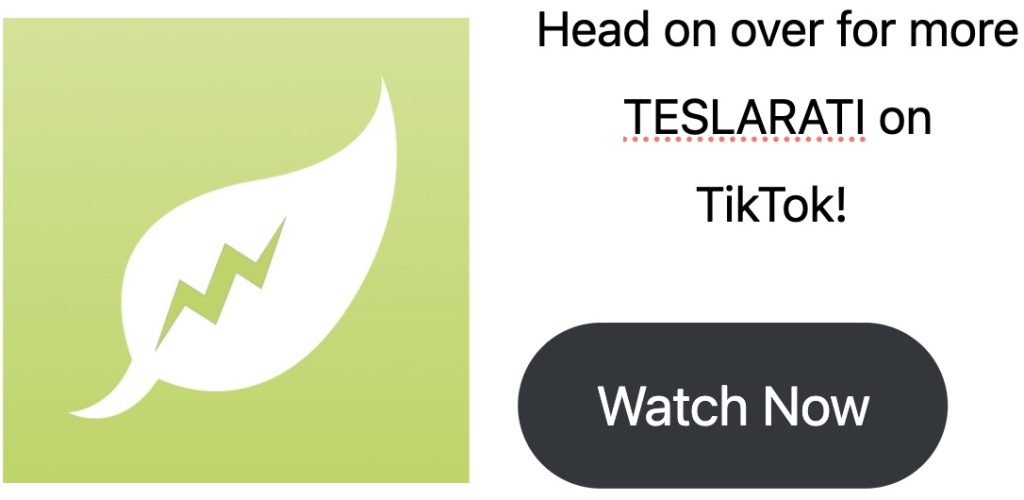
Don’t hesitate to contact us with news tips. Just send a message to simon@teslarati.com to give us a heads up.
-

 News1 week ago
News1 week agoTesla’s Hollywood Diner is finally getting close to opening
-

 Elon Musk2 weeks ago
Elon Musk2 weeks agoTesla doubles down on Robotaxi launch date, putting a big bet on its timeline
-

 News4 days ago
News4 days agoTesla is trying to make a statement with its Q2 delivery numbers
-

 News2 weeks ago
News2 weeks agoTesla’s top investor questions ahead of the Q1 2025 earnings call
-

 News2 weeks ago
News2 weeks agoUnderrated Tesla safety feature recognized by China Automotive Research Institute
-

 News2 weeks ago
News2 weeks agoTesla reveals its Q1 Supercharger voting winners, opens next round
-

 News2 weeks ago
News2 weeks agoTesla police fleet saves nearly half a million in upkeep and repair costs
-

 Investor's Corner7 days ago
Investor's Corner7 days agoLIVE BLOG: Tesla (TSLA) Q1 2025 Company Update and earnings call



